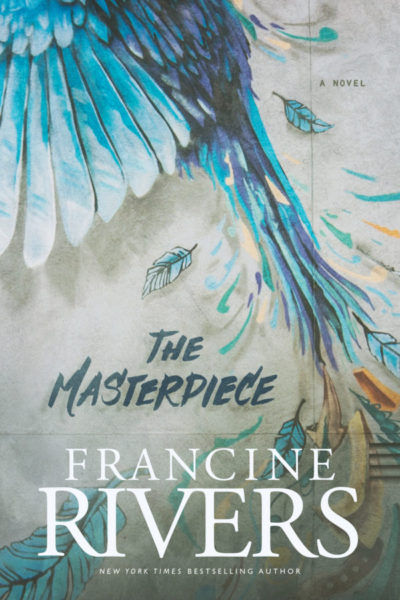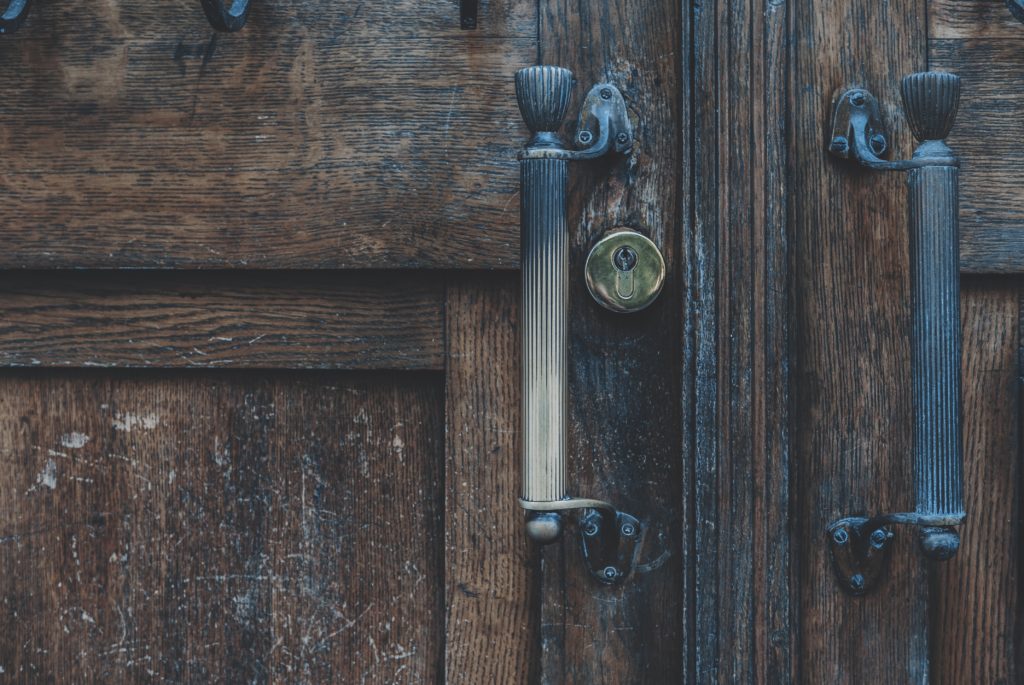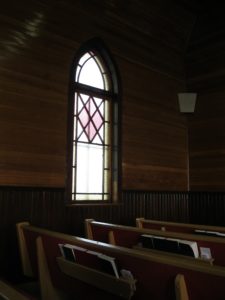Whenever Francine Rivers releases a new novel, I’m quick to find a copy. Her characters and storytelling have been some of my favorites through the years. Her strengths lie in creating imperfect, broken, in-need-of-redemption characters. And that holds true in her new book, The Masterpiece.
In it, Roman Velasco, a successful artist with a tortured past, meets Grace Moore, a woman haunted by her own mistakes who is trying to do right by her life. It is a romance, which Rivers excels at writing, and it is redemptive, a quality for which she is known.
And I feel a little guilty that I didn’t love it like I have other books she has written.
(Disclosure: I received a copy of the book from the publisher through the Tyndale Blog Network. Review reflects my honest opinion.)
It was a good story because Rivers is a talented storyteller. But it was a lot “preachier” than I remember her previous works being. Most Christian audiences will probably enjoy it, but if the story is meant to be evangelistic, it probably comes on too strong.
That said, I enjoyed the well-developed and unique characters, and it didn’t take me long to read, even at nearly 500 pages, so the story was compelling enough to keep the pages turning.
If you are a fan of Rivers and her stories, please read this book. I’d love to hear what you thought of it.
For additional reading pleasure, here are some questions and answers with the author, provided by Tyndale House Publishers.
You often say that each of your novels is prompted by a faith-related question. What question inspired The Masterpiece? Were there particular Scripture verses or stories that guided your writing of this novel?
The question that came up for me was whether two people from severely dysfunctional backgrounds could have a healthy relationship. Grace and Roman both come from abusive childhood experiences and developed different coping mechanisms to survive. The past often intrudes and sometimes blocks people from moving forward, but we are all ultimately responsible for the choices we make. Each of us must decide who Jesus is. That choice decides where we spend eternity. It also makes a difference in our life in the here and now. When abuse occurs, a child’s view of God is twisted. That raises other questions. What might need to happen to open the door to the true God and faith in Him? What if someone grows up knowing nothing of God other than as a curse? I had questions enough for several books, and wallowed around in the mire through several drafts. Hence, so did my characters. Grace and Roman are each on different journeys. What brings them together and what keeps them apart? I was well into the project before I knew which Scripture God was showing me: Ephesians 2:10—“For we are God’s masterpiece. He has created us anew in Christ Jesus, so we can do the good things he planned for us long ago.” This is the heart of the book.
What kind of research did you do for this novel? Did any findings particularly surprise you?
Most of my research had to do with the patterns and psychology of victims of abuse. It wasn’t pleasant reading. It’s heart-wrenching. I didn’t want to misrepresent survivors of abuse. I talked with a friend who is a strong Christian, highly educated, and a certified family counselor. She suggested I present my characters to a group of counselors who meet once a week. When we all gathered, I explained my dilemma and presented my “case studies.” One gentleman cried and said he’d worked with young men exactly like Roman Velasco. Grace’s emotional trauma and means of coping are also common.
I also needed to learn about graffiti artists. I started with online searches and then met a young man who had been a gang tagger in the Bay Area. We talked about his motivations, experiences, and the dangers he faced, not the least of which was leaving the gang. I found a website with terms and definitions regarding graffiti. I also read some books about the young man’s idol, Banksy. No one knows the identity of Banksy, but his work is known around the world. I liked the mystery element and employed it.
The surprise came after the book was written and I had the opportunity to meet Cameron Moberg, a Christian graffiti artist in San Francisco. He does work around the world, as well. He reaffirmed what I saw happening in Roman Velasco’s life. Cameron’s art is also on the cover of The Masterpiece. Many of his works are of spectacular, imagined birds. How could I not see God chuckling at how He brings things together?
Your novels look deeply into characters’ motivations and emotions. What do you hope readers will learn from delving into the inner thoughts of the characters in The Masterpiece?
Sometimes the hardest-hearted person you know is the most broken inside. All too often, we judge by the outward appearance, but God knows the heart. Also, even when we don’t see God at work, He is working. Never give up on anyone. Just keep praying and walking the walk. You never really know what’s going on inside someone. The blessing is you may witness the creation of a new God-ordained masterpiece.
The main characters of The Masterpiece, edgy artist Roman Velasco and his new personal assistant, single mom Grace Moore, might not receive a warm welcome in every church across the country. What do you want readers to see in these characters—and in themselves—as they read?
Never judge by outward appearances. It takes courage for people to come into a new church—or enter a church for the first time. Christians are, after all, “aliens,” very different from the world—or should be. Visitors and newcomers may look different than we do. They may come from different places. If people seem unapproachable, offer a smile and nod of greeting. Give them space. Give them time. Extend courtesy and welcome to all. And when the door opens, talk with them about Jesus—not just inside the walls of a church, but anywhere.
Roman Velasco is unlike any other male character you’ve written. What was most challenging about crafting the character of a rebel graffiti artist? Why did you choose this character?
I thought the hardest part in writing about Bobby Ray Dean/the Bird/Roman Velasco was going to be learning about the art form, challenges in doing it and getting away with it, terms and materials. But the real challenge was figuring out what drove this boy/man to paint graffiti—and the kind of graffiti pieces he did.
We have crews in town that go out and buff (cover) graffiti as soon as possible. Many times, graffiti is a territorial marker, a challenge, evidence of war going on in your community. I wanted Bobby Ray Dean to have other motivations which evolve as he grows up and into the persona of Roman Velasco. He feels illegitimate as the Bird, but strives for legitimacy through Roman Velasco. The graffiti and the canvas work he does show the war going on inside him. It takes God to bring the two sides together and blend the mediums into a new, unique art quest and passion.


